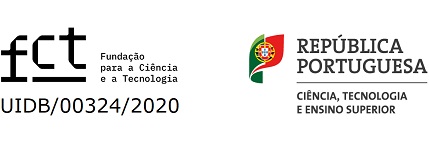|
Among the many theses regarding the nature of Greek mathematics, the most popular one held by historians and philosophers of ancient mathematics is that Greek mathematics, in particular Euclid's Elements, has a constructive nature. However, it is not always clear what the defenders of this thesis support, since it is not clear what a geometrical construction is. Many books and papers focus on the idea of construction in the Elements or, more in general, in ancient Greek mathematics, but often the ideas in them are in contrast. For instance, in Zeuthen (1893), Martin (1998) and Hartshorne (2000) it is possible to find the mainstream view on constructions: it usually merges ‘problems' and ‘constructions', and it interprets constructions (problems) as existence proofs of a special kind, i.e. existence proofs of geometrical object, e.g. figures, through constructions with ruler and compass. On the other hand, if texts by other historians of mathematics are considered, different ideas on the nature of constructions can be formed. For instance, in Krorr (1993), Harari (2003), Acerbi (2007), Sidoli and Saito (2009, 2012), Sidoli (2015), just to mention just a few, it is present the idea that: a) constructions and problems should not be merged;
b) the role of problems should not be deflated, subordinating problems to theorems; c) constructions should not be limited to the use of ‘ideal' rulers and compasses. The situation is even more complex when it is considered that, among historians of mathematics, there are disagreements on some features of constructions and that the term ‘constructive' can also be interpreted Intuitionistically. The present lecture proposes to analyze geometrical constructions addressing the following questions: i) What is a geometrical construction in the Elements? ii) What does it mean that the mathematics in the Elements is constructive? To answer these questions, the lecture will be organized as follow: in the first part, some points about the mainstream interpretation of constructions will be discussed and a tentative taxonomy for geometrical constructions, analyzing an alternative view on them, will be suggested. In the second part, arguments in favor of a general account of the role and nature of geometrical constructions will be provided; with this general account in hand it will be possible to provide an answer to questions i) and ii). In third part, some general conclusions will be discussed, completing the analysis.
|

